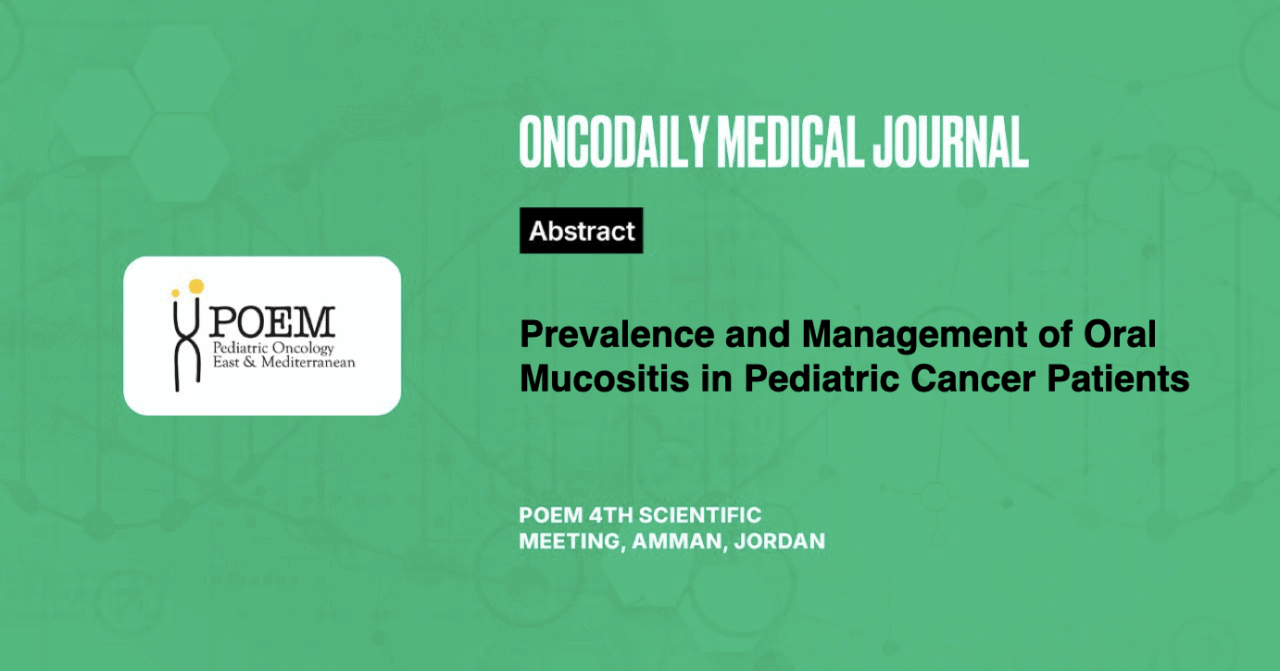Prevalence and Management of Oral Mucositis in Pediatric Cancer Patients
Abstract
Introduction: The use of intensive regimens in treating pediatric cancer has led to a significant increase in patient survival in recent years. However, these treatments are also associated with a rise in harmful effects, including mucositis (oral cavity inflammation), which can have a substantial impact on treatment outcomes. The study aims to determine the prevalence of mucositis and identify factors associated with the development of severe oral mucositis (SOM) in pediatric cancer patients.
Methodology: A prospective longitudinal study was conducted among 90 children (aged 0 to 13 years) admitted to the Pediatric Oncology Department of the Children’s Hospital, Pakistan Institute of Medical Sciences (PIMS), Islamabad between February and December 2024. We used the World Health Organization (WHO) grading scale of oral mucositis to assess the severity of each episode. Moreover, hematological and biochemical parameters were obtained from the medical charts of patients. Chi-square test to determine the factors associated with the occurrence of oral mucositis (p<0.05).
Results: The prevalence of oral mucositis in pediatric cancer patients was 45.4%. There was no statistically significant difference according to sex, and a higher prevalence of oral mucositis is reported in patients aged > 10 years. The presence of neutropenia and an increased number of chemotherapy cycles were identified as significant factors resulting in the occurrence of mucositis (p-value<0.05).
Conclusion: Oral mucositis is a common complication of chemotherapy against childhood malignancies. The WHO oral mucositis scale is a valuable tool for assessing its severity in pediatric patients.





